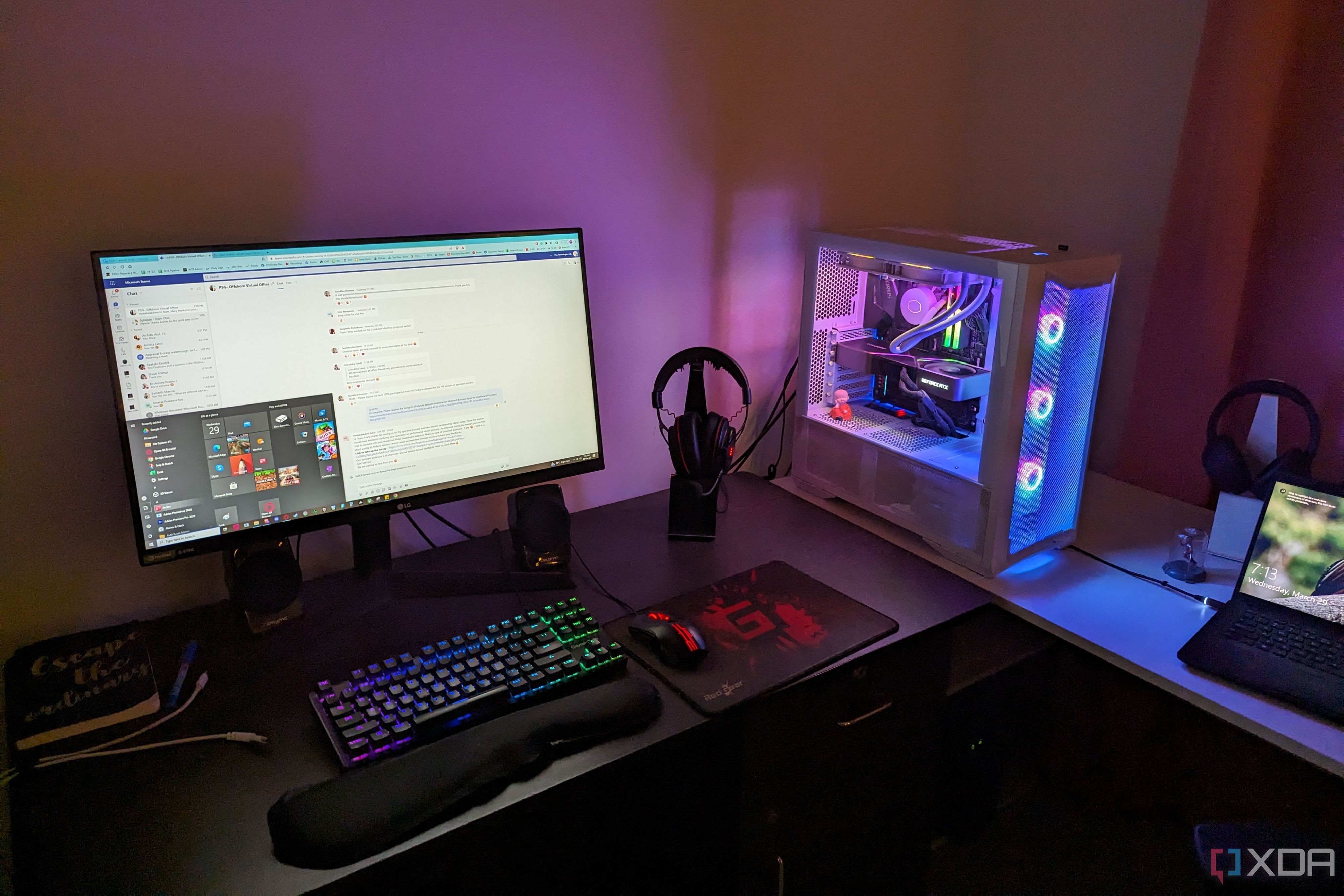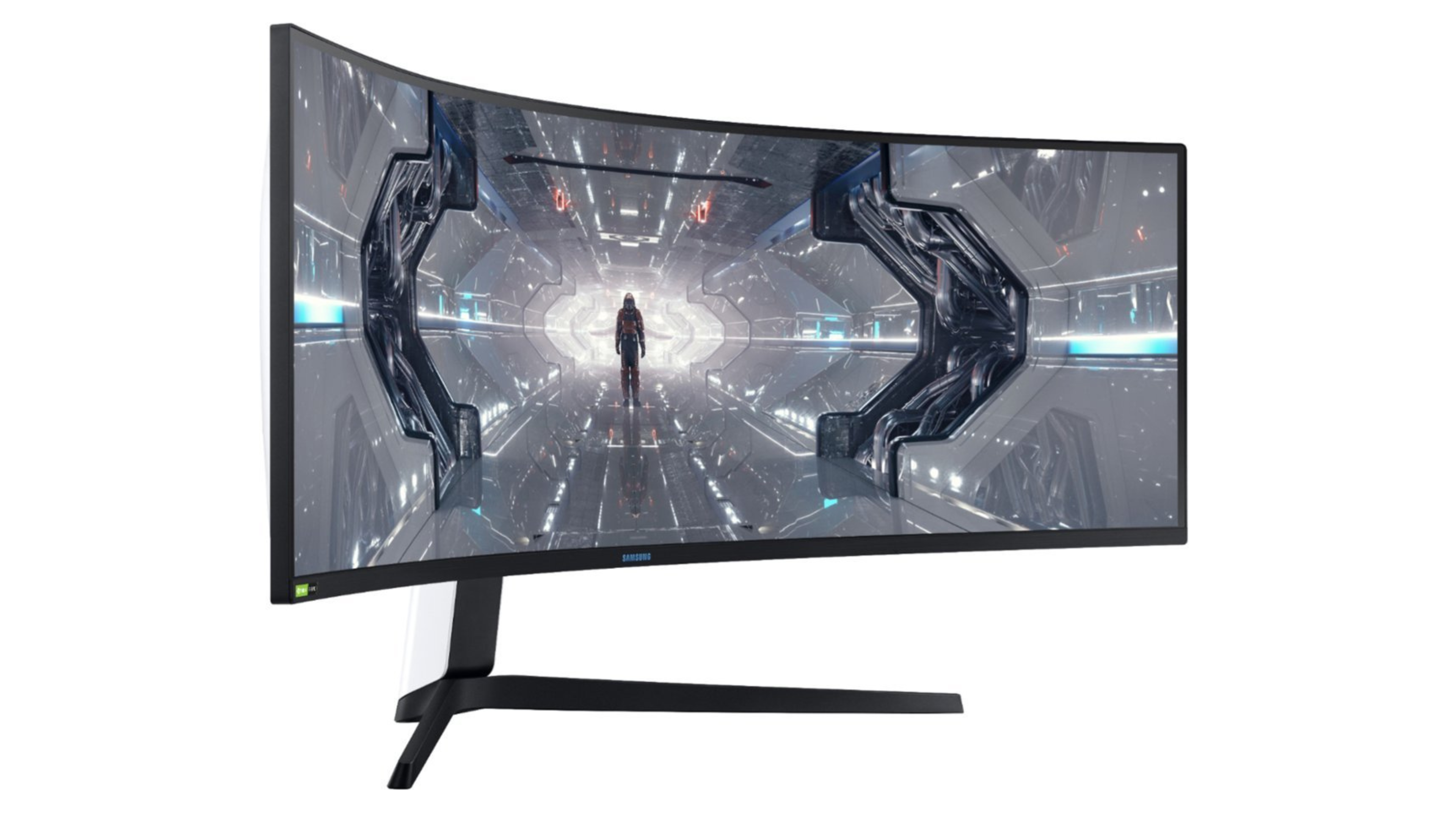New certification and testing will benefit dual-mode monitor manufacturers
Key Takeaways
- VESA has updated its certification standards for monitors to ensure they meet the latest technology and features.
- Monitors now have dual-mode capabilities, prioritizing either refresh rate or resolution, and will undergo different testing procedures to receive certification.
- The updated standards include testing for flicker, video frame drop, and video frame rate jitter, as well as display overclocking support to gauge functionality.
As games continue to evolve, the hardware necessary to play them is evolving as well. This includes monitors, which are becoming more robust in terms of their features. That being said, these advancements haven’t gone without notice — now, the Video Electronics Standards Association (VESA) is adjusting its certification standards to make sure they meet the latest technology.
To kick off 2024, VESA announced that it has updated its Adaptive-Sync Display Compliance Test Specification, which applies to variable refresh rate displays including so-called dual-mode monitors. The moniker emerged to describe the two different modes of these newer displays. One mode typically prioritizes the refresh rate, while the other prioritizes the resolution of the display. With the update in place, products will now undergo different testing procedures in order to receive a VESA Adaptive-Sync 1.1a certification. The new specifications are also bringing forth an updated logo, which notes each mode’s resolution and refresh rate. The testing will go beyond just the refresh rate, however — flicker, video frame drop, and video frame rate jitter are also being taken into account. Through these certification changes, you can make a more informed decision next time you need to purchase a display with such advanced capabilities.
One spec worth noting that has been added to VESA’s standards is display overclocking support (via Tom’s Hardware). In order to meet the standards set by the association, a product must pass the previous compliance tests in its default mode. Then, it can move forward with a retest in overclocking mode to gauge its functionality. The product has to support Adaptive-Sync-enabled GPUs in a non-proprietary manner as well. Although it might just seem like an unnecessary extra step, overclocking is something more gamers are considering — especially as both hardware and software continue to grow in complexity. For this reason, it’s likely not a stretch to assume that more manufacturers will be keeping the updated VESA standards in mind moving forward.
[ad_2]






